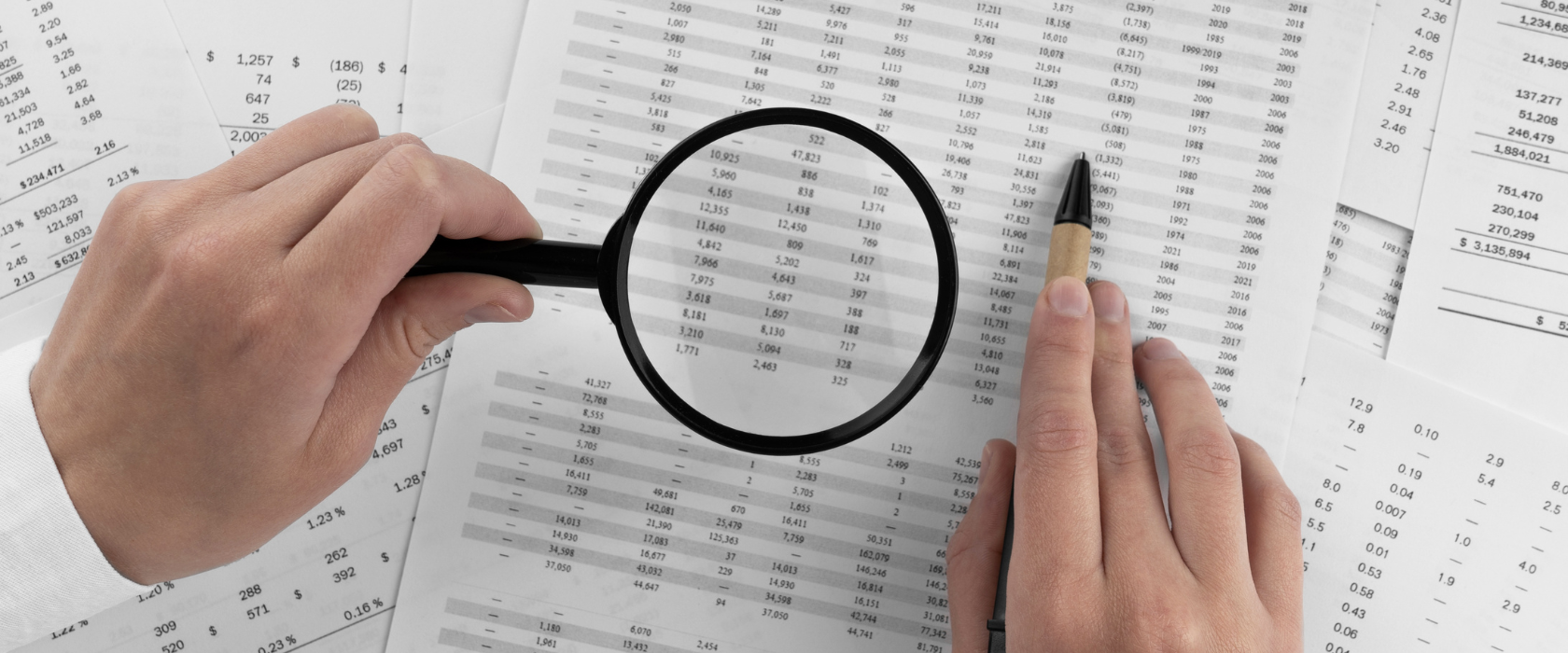By Jason Whyte | Treasury Management Officer | Centennial Branch
In today’s world, old-fashioned paper checks might seem like a thing of the past, but we’ve seen an increase in check fraud among businesses and personal accounts.
The consequences of check fraud can be devastating. Victims face financial losses, damage to their credit scores, and prolonged legal battles to reclaim their identities and funds. Additionally, businesses that experience check fraud may suffer reputational damage and financial instability, especially if the fraudulent activity goes undetected for an extended period.
Check fraud gangs are highly organized criminal networks that specialize in various forms of check fraud. These groups typically consist of skilled forgers, identity thieves, and individuals with access to financial and personal information. Their operations are sophisticated and often span across multiple jurisdictions, making them challenging for law enforcement agencies to track and dismantle.
Tactics of Check Fraud Gangs
Counterfeiting: One of the most common tactics used is counterfeiting. Using advanced printing techniques and high-quality paper, they replicate real checks, complete with forged signatures and account details. These counterfeit checks are then used to make fraudulent purchases or withdrawals.
Identity Theft: Check fraud gangs often engage in identity theft to obtain the necessary information to create fraudulent checks. They may steal mail, hack into databases, or use phishing scams to gather personal and financial data. With this information, they can impersonate victims and drain their bank accounts using altered checks.
Check Washing: Check washing is a method where fraudsters erase legitimate information from a check using chemicals. Once the original details are removed, they rewrite the check to themselves or an accomplice for a higher amount.
Account Takeover: In some cases, check fraud gangs gain control of bank accounts through various means, such as phishing attacks or malware. Once they have access, they can write and cash fraudulent checks against the compromised accounts, often before the account holders realize their funds have been drained.
Ways to Protect Yourself from Check Fraud
Preventing check fraud requires an approach involving alertness, technology, and collaboration. Here are some strategies to mitigate the risk of check fraud:
Enhance Security Measures: Implement authentication and verification processes for check transactions, such as encryption, biometric authentication, and multi-factor authentication.
Avoid sending checks through the mail: There’s been an increase in crime within the U.S. Postal Service. Fraudsters are targeting mailboxes, robbing mail carriers, and stealing deliveries from porches. If you choose to mail a check, we recommend you use a secure mail drop instead of an unsecured public-facing mailbox.
Monitor Account Activity: Regularly monitor bank statements and account activity for any suspicious transactions or unauthorized withdrawals. Promptly report any discrepancies to the bank or relevant authorities.
Businesses need to use Positive Pay: Positive pay is an optional feature that Redstone Bank offers to track checks issued and paid on commercial accounts. It helps detect fraudulent checks by comparing ones to be cashed with ones already entered in the system. If the information doesn’t match the check, the bank notifies the business owner.
Positive pay evaluates checks for discrepancies that may indicate a fraudulent check.
Here are a few discrepancies Positive Pay would catch:
- Paid not issued item: The check number of the paid item does not match any issued item that was entered/uploaded.
- Duplicate check number: Two or more paid items have the same identification number.
- Mismatched amount: The amount of the paid item does not match the amount of the issued item. This could indicate a counterfeit check wherein the amount was fraudulently altered.
- Voided item: A presented item matches an issued item marked as void.
- Payee name mismatch: The payee’s name from the check image does not match the name provided in the issued check file.
- Stale checks: The check was not cashed within the days to post specified in the account options.
Here are a few features for Positive Pay ACH:
- If a new or not approved merchant withdraw, a notification will be sent to the business owner to review the item.
- With automatic electronic withdraws, create approved and blocked merchants.
- With approved electronic withdraw vendors, create max limits so notification would be sent if items presenting exceed this maximum to the business owner.
“Businesses need to be extra vigilant in monitoring the payments and withdraws from their account match what they should be, as they usually only have a 24–48-hour recourse window to get their money back! Positive Pay helps businesses monitor for fraud on a timely basis.”
As check fraud continues to grow each year, Redstone Bank continues to offer solutions to protect clients and businesses. For more information on fraud and security, check out Security & Safety – Redstone Bank.

